
views
- Turn your car off and press down on the clutch. If it feels soft, gets stuck, or makes squeaking noises, it might be bad.
- Start your car, engage the parking brake, then shift into third gear and release the clutch. If your car doesn’t stall, the clutch is likely bad.
- Take your car to an empty parking lot, shift into first gear, then slowly lift up on the clutch. If your car is slow to roll, or doesn’t at all, it might be bad.
Feeling the Pedal with the Car Off
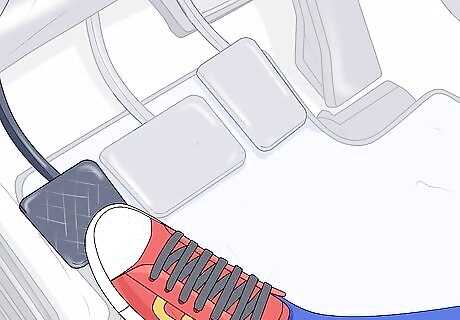
Press the clutch with the car off to see if it feels firm. Sit in the driver’s seat with the car off and press the clutch. The clutch shouldn’t be too easy to press down. Pump it back and forth to test its resistance level. If it feels soft and spongy, then this is an early sign that the clutch is starting to wear out. Another test is trying to press the clutch with one finger. This should be difficult. If you can easily move the clutch with your finger, then it’s too loose. While the clutch should be firm, it shouldn’t be immovable or overly stiff. This is another sign of trouble.
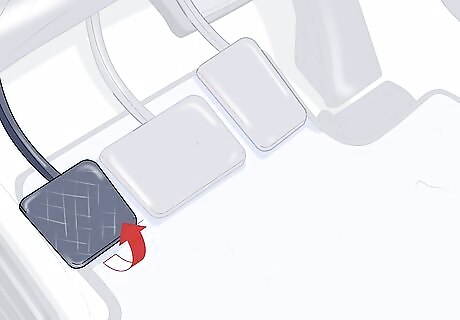
Depress the pedal completely to test how fast it comes back up. Press the clutch as far down as you can and take your foot off. It should come back up to its starting position quickly. However, if it gets stuck or comes up slowly, then it’s starting to wear out. You should also feel even resistance in the pedal as you press it down. If it feels bouncy or uneven, this is also a sign of wearing.
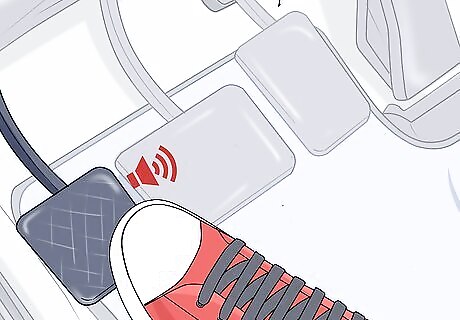
Listen for abnormal noises while pumping the clutch. While the clutch shouldn’t be completely silent while you press it, it shouldn’t make a lot of noise either. Pump the clutch and listen for squeaking, grinding, clanking, or any other noticeable noises. These noises could indicate a problem with the clutch. These noises might not be coming from the clutch itself. You could also be hearing transmission noises. Either way, excessive noise in a car is never a good sign, no matter where it comes from.
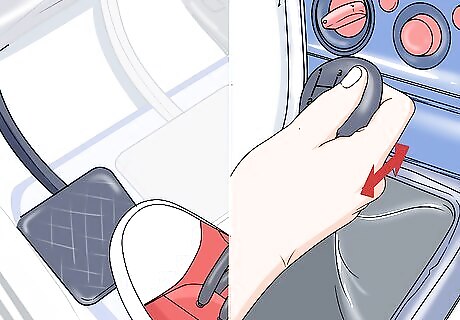
Make sure shifting into gear feels easy. If the clutch is worn-out, shifting will be more difficult. With the car off, press the clutch and try to move the gearshift. It should feel smooth and be easy to find a gear. If you have to press hard or have trouble engaging a gear, then the clutch could be worn out.
Checking the Shift Performance
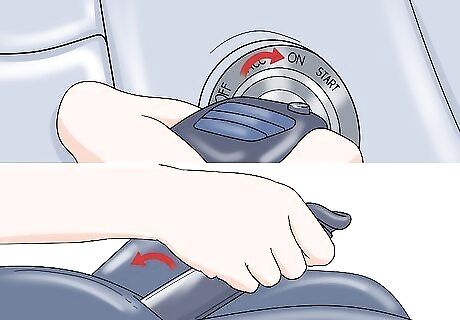
Turn the car on and engage the parking brake. This is a simple test to see if the clutch is slipping. Start by turning the car on and engaging the parking brake. Don’t shift into gear yet. Make sure the parking brake works before you try this test. Do it in an open area for more safety. EXPERT TIP Hovig Manouchekian Hovig Manouchekian Auto Repair & Design Specialist Hovig Manouchekian is an Auto Repair and Design Specialist and the Manager of Funk Brothers Auto, a family-owned business operated since 1925. With over 30 years of experience in the automotive industry, Hovig specializes in the process of auto repair and maintenance. He is also very knowledgeable in common automotive issues and needs including engine repair, battery replacement, and windshield accessory and maintenance. Hovig's knowledge and hard work have contributed to Funk Brothers Auto winning Angie's List Super Service Award for five consecutive years. Hovig Manouchekian Hovig Manouchekian Auto Repair & Design Specialist Test the clutch before buying a used car. Park on level ground, engage the parking brake and start the engine. Shift into high gear (like 3rd) and slowly, cautiously release the clutch. A quick stall suggests a healthy clutch, while high revs without stalling might indicate potential wear.
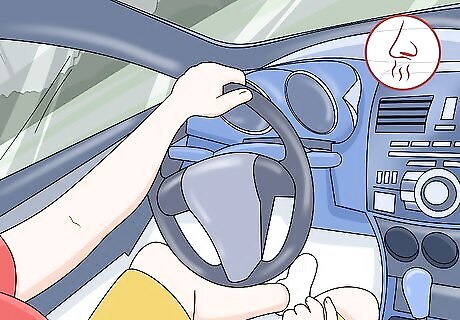
Check for a burning smell in the car after you start it. A worn-out clutch can grind the transmission, which creates a burning smell. Let the car run for a minute and see if you notice any burning smells. This could be from an old clutch or another issue with the car. A burning smell could indicate several other problems besides a worn-out clutch. If you’re inspecting a used car and smell anything suspicious, you should reconsider buying it or have a mechanic look over it.
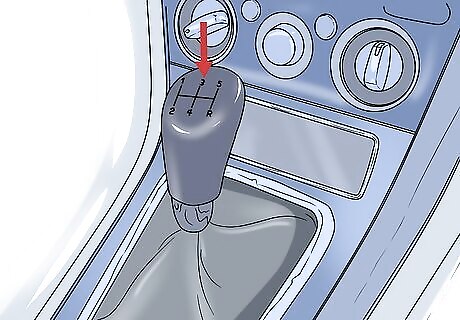
Shift right into 3rd gear. This tests the car for a slipping clutch. Press the clutch down and move the gearshift to 3rd gear. Don’t give the engine any gas or release the clutch yet. If you have trouble moving the gearshift while you’re trying to shift, then this is a problem too.
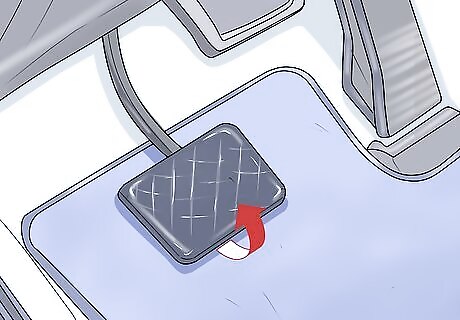
Release the clutch and see if the engine stalls. A functioning clutch won’t let you start in a high gear, so the car should stall if you try to do this. If you release the clutch and the car stalls, then this is a good sign. If you release it and the car doesn’t stall, then the clutch it probably slipping. If the car doesn’t stall right away, try giving it a little gas. If it stalls after this, then the clutch is starting to go bad. If it still doesn’t stall, then the clutch needs to be replaced right away.
Test-Driving the Car

Take the car to an empty parking lot with plenty of space. For this test, you’ll have to let the car roll a bit. To be safe, take the car to an open parking lot or field where no other cars are around.

Turn the car on and shift into first gear normally. Press the clutch down and shift into 1st. Don’t release the clutch yet or give the car any gas. Remember to pay attention to any burning smells during this test. Sometimes the clutch starts grinding while you’re moving, which produces a burning smell. Make sure the parking brake isn’t engaged for this test.

Release the clutch slowly and make sure you start rolling. Without giving the engine any gas, let your foot off the clutch slowly. This should re-engage the engine and make the car roll slowly. If the car takes time to start rolling, or doesn’t roll at all, then it’s a sign of a slipping clutch.
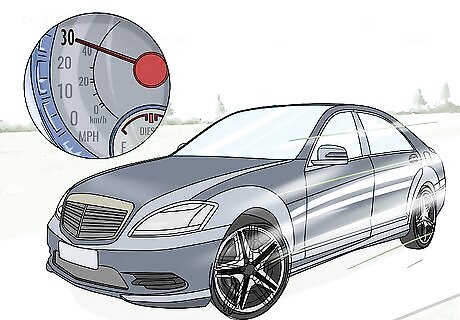
Drive on the highway normally. The final test requires you to travel at normal driving speeds. Take the car onto a road where you can go at least 30 mph (48 km/h). Accelerate to a steady cruising speed to prepare for the test. If you’ve noticed any clutch problems before this, then don’t do this test. Traveling at highway speeds with a failing clutch is dangerous.
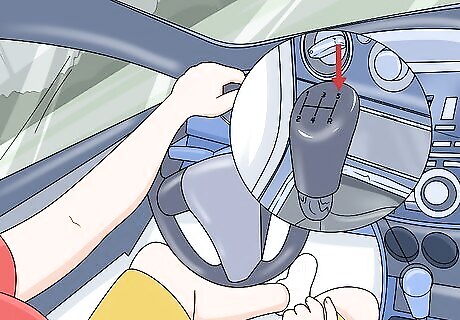
Shift into a higher gear and see if you accelerate smoothly. If the clutch is working properly, you should start moving faster as your RPM goes up after you shift. If the engine RPM goes up and you’re not gaining speed, or there’s a delay in your acceleration, then the clutch is probably slipping. You also might notice a loud noise from the engine after you shift. This is because the car needs to work harder to accelerate if the clutch is slipping.

















Comments
0 comment